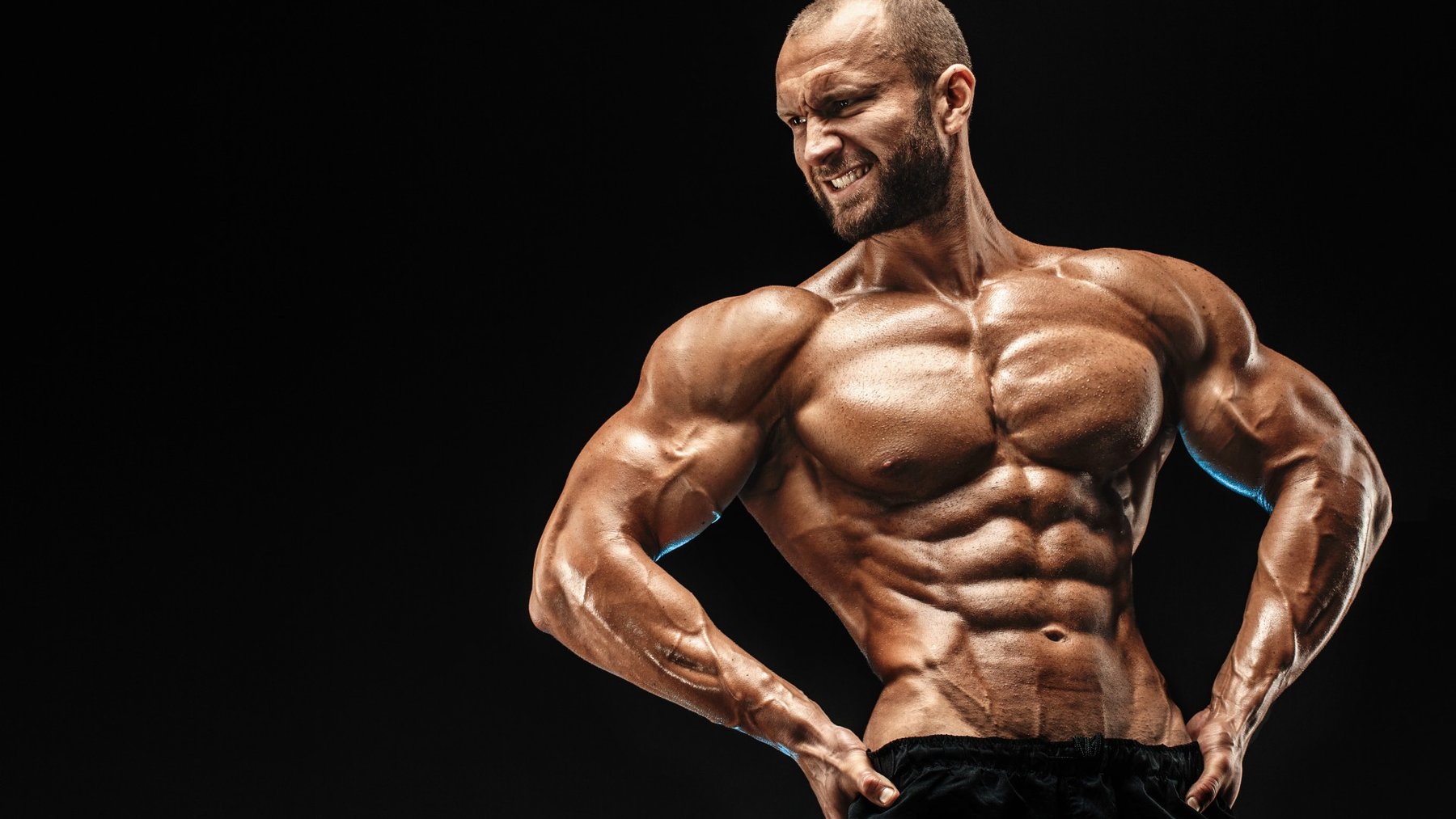
This post is about the 5 tips that you should definitely avoid muscle loss.
Be a beginner
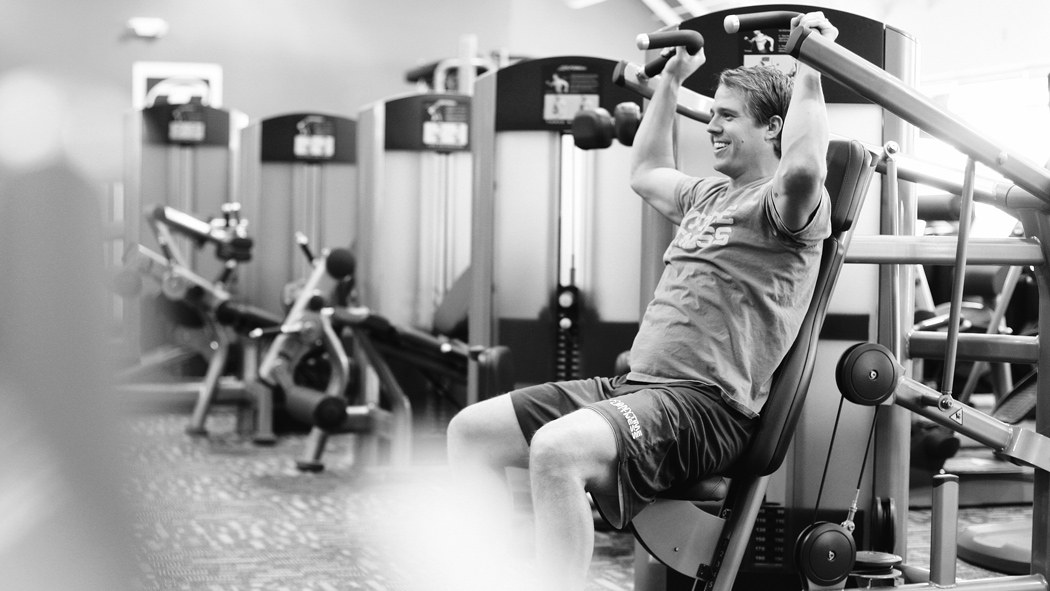
For all of you fresh gym goers learning the basics, you should feel fortunate to have the almighty ability to gain muscle and burn fat virtually at the same time with little effort. This is largely due to the idiomatic event known as newbie gains. Basically, beginners have a long way to go to reach their genetic potential. Your body’s going to preserve the relatively limited amount of muscle you have, especially with an abundance of stored fat present to use as energy. In short, any sort of training you do that is at least a bit challenging, even without reaching maximal training intensities, have shown to stimulate muscle growth.
Tighten Your Calories
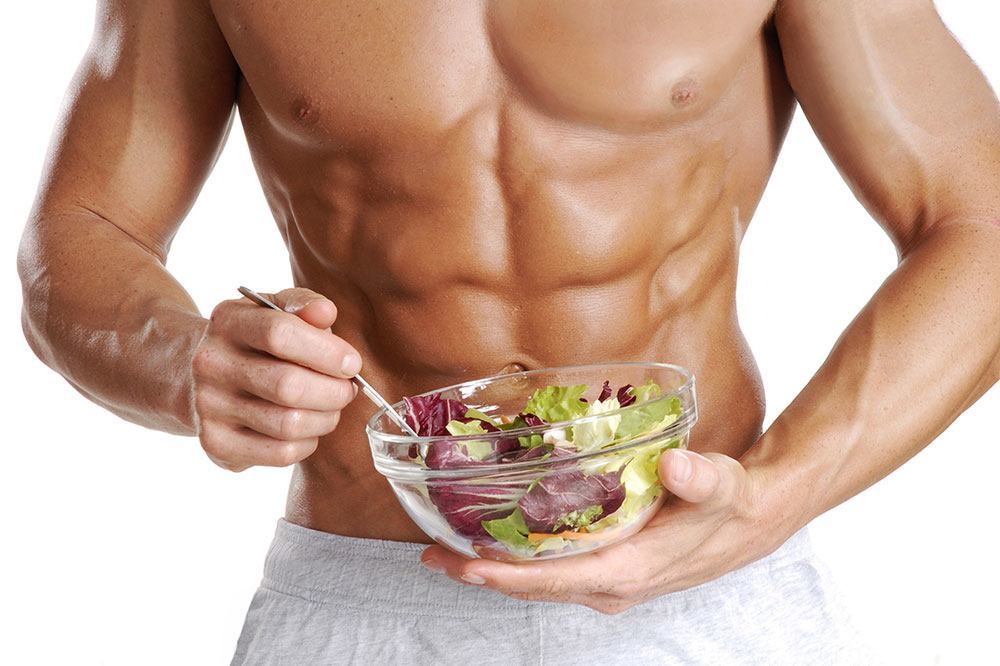
Keep a tighter control of your calories Weight loss is commonly achieved by sustaining a calorie deficit. Your total calorie intake from food is below that of all factors which burns calories. That includes your basal metabolic rate, thermic effect of food, non-exercise activity thermogenesis, and of course, exercise. The problem met by many is imposing a deficit that is too extreme. Going on, say, a 1000 calorie cut, not only sucks, but it sets your body into a nutrient-lacking catabolic state, increasing the likelihood of muscle breakdown. The smart play here is to take a more gradual approach, perhaps only cutting 500 calories or even only 250 calories if you’re diligent enough to stick to your diet consistently. Yes, you’ll lose weight at a considerably slower pace, but also preserve more of your muscle and maintain more of your sanity. In other words, if you wanna do it right, then be patient.
Get Your Protein
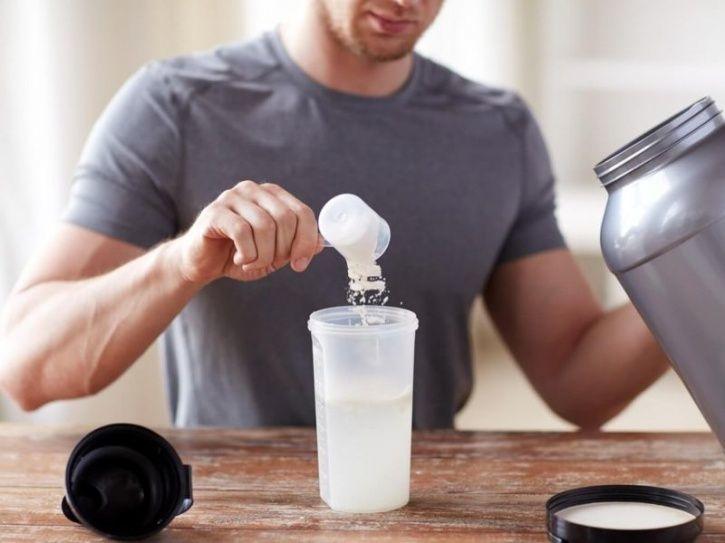
Common thinking would have you believe that, since you need to eat less to lose weight, then that means you need to eat less fat, fewer carbs, and… less protein. But protein’s role in muscle growth and preservation has been well-documented. There is a protein dose-dependent effect to muscle protein synthesis. Thus, during weight loss, we might actually benefit from not less, but MORE protein. A 2016 study supported this, where they found that eating 2.4 grams of protein per kilogram of bodyweight versus half as much resulted in roughly the same amount of weight lost but also significantly more fat loss and actually INCREASING lean mass. Simply put, we NEED adequate protein to feed our muscles. Bare in mind, the amount varies depending on your fitness level. Overweight and less active individuals can simply eat the standard recommendation of 0.8 grams of protein per kilogram of bodyweight. Eating more hasn’t shown to change much. Athletes and leaner individuals seeking cellulite treatment in Sydney should aim for more, due to their lower proportions of stored fat and higher susceptibility to muscle loss when losing weight.
Cardio + Resistance Training
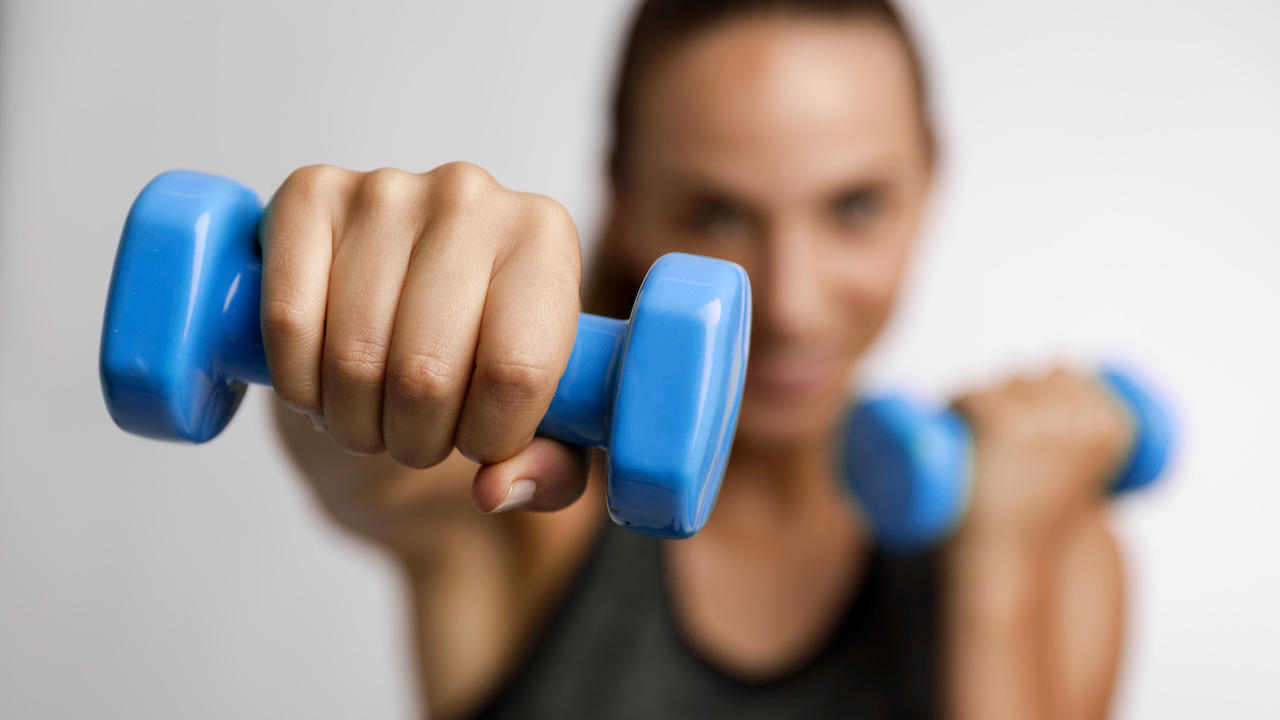
One of the most dreaded words in the world of weight loss is cardio. Cardio is indeed one of the better calorie-burning tools used to shed away the pounds. But for protecting your muscles? Not so much. That’s where resistance training comes in! Resistance training, be it lifting weights or calisthenics, is much better in stimulating all of your muscle fibers. The greater fiber stimulation results in greater stimulation of pathways leading to muscle protein synthesis and preservation, keeping your muscles at bay. But resistance training alone isn’t going to cut it either since it typically burns fewer calories. As studies have shown, it’s when both cardio and resistance training are combined that we see an accelerated weight and fat loss as well as greater attenuation of muscle loss. Yes, it’ll suck a bit more having to do both, but the added workload will be worth it in the long run.
Cycle Your Food Intake
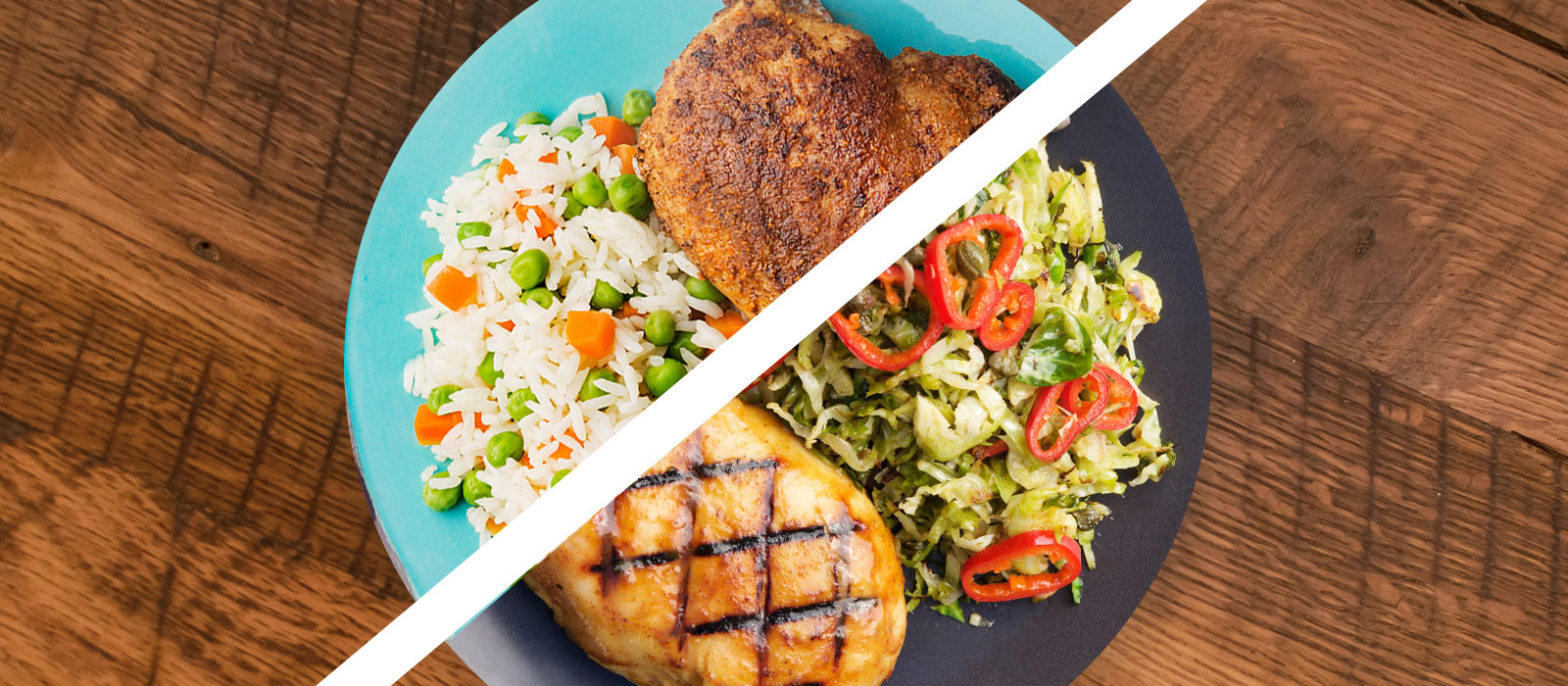
This one is perhaps the most difficult endeavor on this list but might be worth trying if you’ve tried everything else. The concept is actually pretty simple: on some days, specifically days you don’t work out, you eat at a deficit by keeping your carb intake to a minimum. On other days, or days where you DO work out, you have much more flexibility with your carbs and should eat at a calorie surplus. This concept is more popularly known as carb cycling. The benefit is that you maximize muscle growth by giving your body enough nutrients TO grow on days that you exercise. And then maximizing fat and weight loss by eating less on days where you rest and don’t need the additional nutrients. This also counteracts metabolic slowdown commonly seen in long-term calorie deficits. Additionally, greater carb intake on training days leads to greater insulin levels, resulting in higher uptake of nutrients and amino acids into the muscle to prevent muscle breakdown. Of course, simple in concept, but not so simple in application. This requires quite meticulous planning to ensure that you get the right amount of carbs for any single day. For casuals, it’s already hard enough to maintain a simple weight loss plan AND go to the gym.




